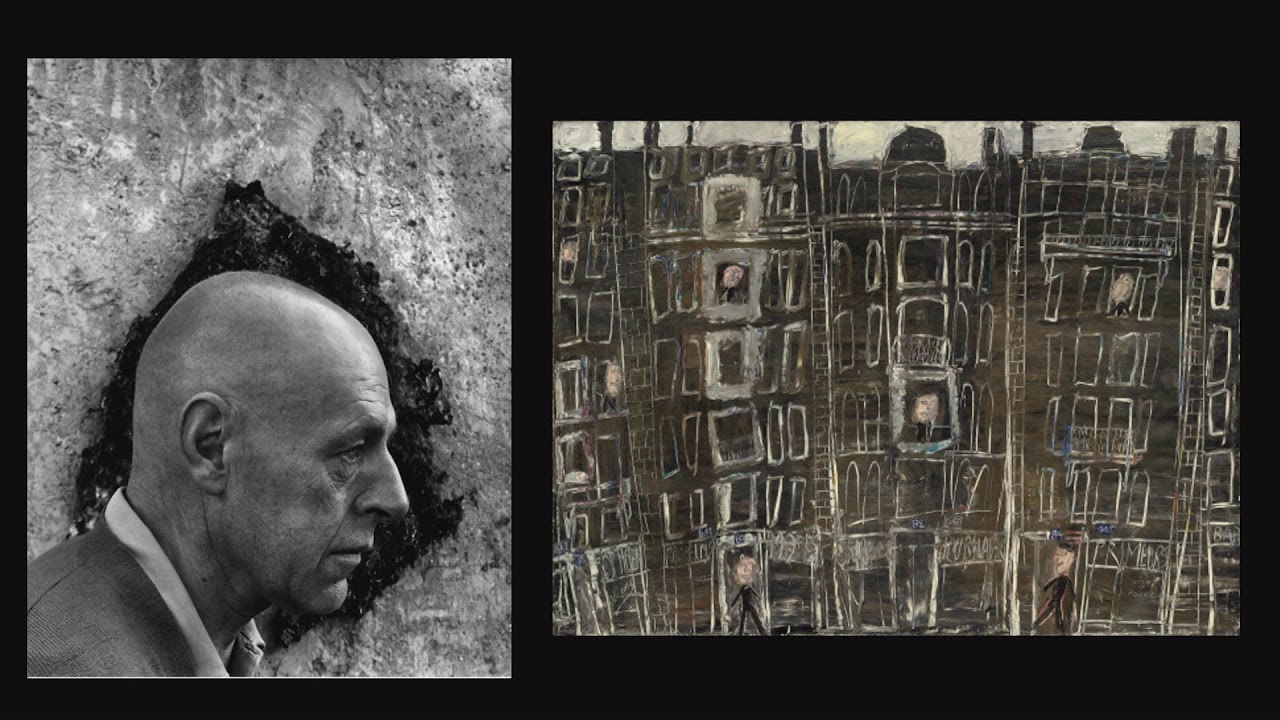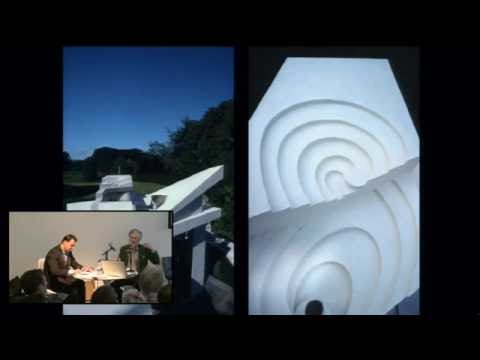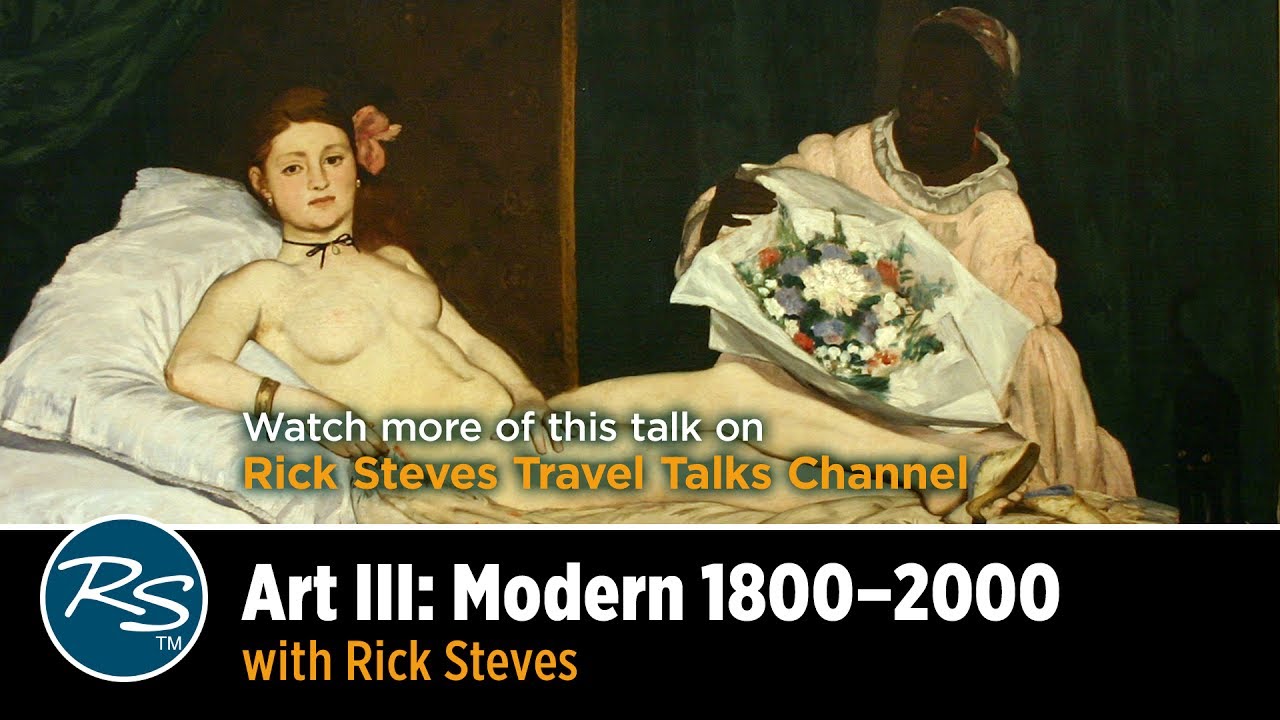National Gallery of Art
In the years following the Second World War Europe was exhausted and slow to recover. Historians often speak about a shift in the art world’s center of gravity from Paris to New York as the abstract expressionists claimed the spotlight. But the late 1940s and 1950s were a fertile, if troubled, time for art in Europe as well. While the Americans believed that they could start from scratch, inventing new techniques and subjects, the Europeans, who had experienced the horrors of war on their own soil, took a darker view of rebirth. The postwar school of Paris engaged raw materials through the art brut expressions of Jean Dubuffet and the thickly encrusted abstractions of Pierre Soulages and Nicholas de Stael. Jean Fautrier tested the conventional limits of painting by mixing powdered pigments, sand, and plaster to create abstract equivalents of the violent dissociation of body and spirit. The existential anxiety of the moment was perhaps best captured by the Swiss sculptor Alberto Giacometti, who obsessively subtracted clay from his figures until they loomed up like monuments on the point of disappearance. As part of the series Celebrating the East Building: 20th-Century Art, senior lecturer David Gariff discusses European art and artists in the aftermath of the Second World War.
Still haven’t subscribed to our YouTube channels?
National Gallery of Art ►►https://www.youtube.com/NationalGalleryofArtUS
National Gallery of Art Talks ►►https://www.youtube.com/NationalGalleryofArtTalks
ABOUT THE NATIONAL GALLERY OF ART
The National Gallery of Art serves the nation by welcoming all people to explore and experience art, creativity, and our shared humanity.
More National Gallery of Art Content:
Facebook: https://www.facebook.com/nationalgalleryofart
Twitter: https://twitter.com/ngadc
Instagram: https://www.instagram.com/ngadc/
Pinterest: https://www.pinterest.com/ngadc/_created/
E-News: https://nga.us4.list-manage.com/subscribe/post?u=e894a1837aca4526f7e8a11b3&id=2085ff9475
#ModernSculptureintheNationalGallery
#Minimalism
#PopArt
#TheWashingtonDCColorSchool
#PostWorldWarIIEuropeanArt
#AbstractExpressionism
#AbstractionandPurity
#DadaandSurrealism
#GermanandAustrianExpressionism
#EarlyPicassoandCubism
#HenriMatisseandFauvism
#AmericanArt
#HenriStieglitzandTheirCircles
#AmedeoModigliani
#ExtendingTradition
#FrenchPainting
#DavidGariff
#Art
#NationalGalleryofArt
Source




WOW! This was very informative – Thanks!
This is great! Once again we see that claims of isolated style or cultures of practice and discourse arising on their own are not to be trusted and the great “uniquely American” abstract impressionist movement was itself developed in dialogue with Europe. Not so surprising, really. Neither the art nor the fact that most Americans weren’t aware of it.
Great video. Loved the post war german stuff and Cobra
Very difficult to follow this conference. Has been interrupted so many times. It's a shame!!
This is an excellent overview. Thank you, I learned so much.